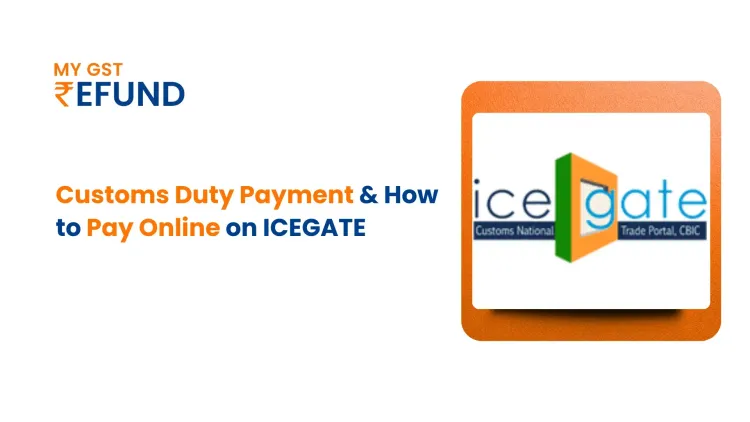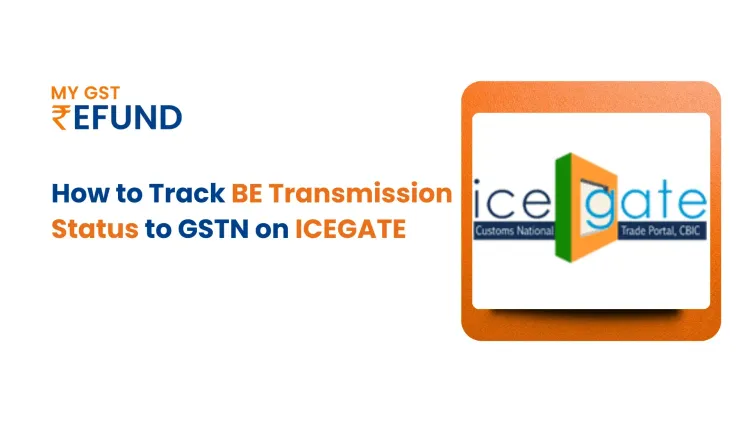Tax Deducted at Source (TDS) under Goods and Services Tax
Published on: Wed Jan 24 2024
Bio (Reveal/Hide)

Tax Deducted at Source (TDS) under Goods and Services Tax
Tax Deducted at Source (TDS) under Goods and Services Tax (GST) is a mechanism whereby certain notified persons are required to deduct tax at source from payments made to suppliers of taxable goods and/or services. This deducted tax is then deposited with the government. However, there might be situations where the deducted TDS amount exceeds the actual tax liability of the deductor. In such cases, the deductor can claim a refund of the excess TDS paid.
What is TCS under GST?
Before diving into TDS refund, it's important to clarify the difference between TDS and Tax Collected at Source (TCS). While both involve tax deduction at source, they apply to different scenarios under GST:
- TDS: Applicable on specified supplies of goods and services made by a supplier to a notified deductor.
- TCS: Applicable on specific transactions like sale of taxable goods (exceeding a certain limit) by a registered supplier to an unregistered recipient.
Therefore, TDS refund is relevant only for TDS deducted on specified supplies, while TCS has a separate mechanism for claiming refunds or adjusting liabilities.
Read More: TCS Refund Under GST: Impact on E-commerce and Other Businesses
Who is eligible for TDS refund?
The following entities are eligible to claim TDS refund under GST:
- Deductee: If the tax deducted by the deductor exceeds the actual tax liability of the deductee, the deductee can claim the refund.
- Deductor: In case of excess or erroneous deduction of TDS, the deductor can claim the refund.
What is the GST TDS rate?
The current GST TDS rate is 2% on the transaction value exceeding the specified threshold limits. These thresholds vary depending on the type of supply and the category of the deductor.
Steps to claim TDS refund:
- File GSTR-7: The deductor must file GSTR-7 return electronically, reflecting the details of TDS deducted and deposited with the government.
- File refund application: The deductor or deductee, as eligible, can file a refund application on the GST portal within two years from the relevant due date.
- Verification and processing: The tax authorities will verify the refund claim and process it if found valid.
- Refund issuance: The approved refund amount will be credited to the bank account linked to the GST registration of the claimant.
Importance of TDS refund
- Claiming TDS refund is crucial for businesses to avoid unnecessary cash blockage and optimize their working capital. It also ensures compliance with GST regulations and prevents interest penalties on delayed refund claims.
- The Central Board of Indirect Taxes and Customs (CBIC) is the governing authority responsible for administering the TDS provisions under GST.
What is the concept of TDS for e-commerce companies?
E-commerce companies, acting as marketplaces, are required to deduct TDS at 2% on the net GST payable by them to the sellers registered on their platform. The deducted TDS is deposited with the government and reflected in the seller's electronic cash ledger. However, sellers can claim a refund of excess TDS through the prescribed mechanism as mentioned earlier.
Here are some additional points to note:
- The deductor cannot claim a gst refund if the deducted amount has already been credited to the electronic cash ledger of the supplier.
- Interest is payable on delayed refund claims as per the applicable GST provisions.
- It is advisable to consult a tax professional for guidance on claiming TDS refunds under specific circumstances.
By understanding the concept of TDS refund under GST, businesses can efficiently manage their tax liabilities and optimize their cash flow. Remember, timely filing of returns and adhering to the prescribed procedures are essential for a smooth refund process.
Related Posts






